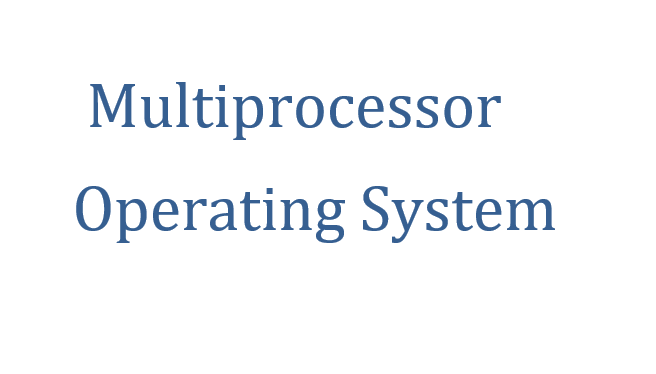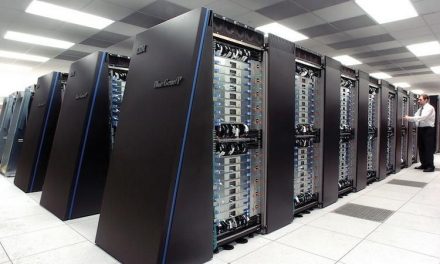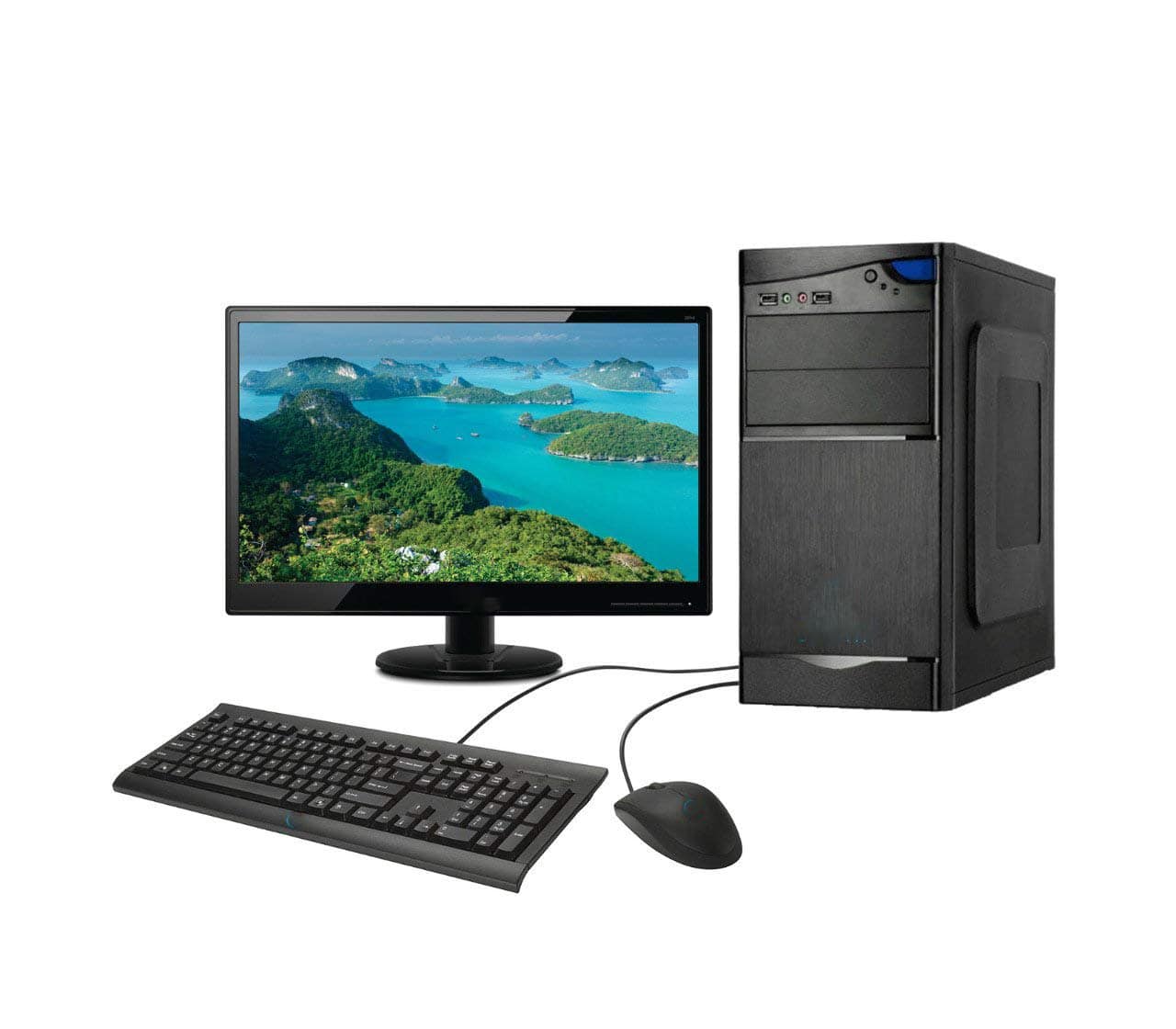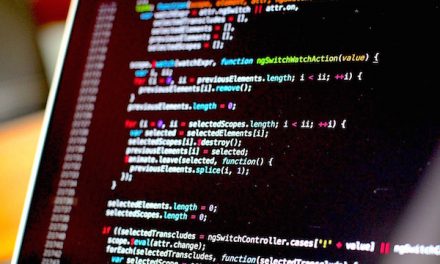Let us start off by defining the terms in our title. A multiprocessor is a computer that uses 2 or more processing units that run under and integrated control. An operating system is basically computer software that controls the execution of computer programs. The simultaneous execution or processing of several tasks is what is termed multiprocessing. So, there are different types of operating systems and one of them is the multiprocessor operating system. That is our focus in this article.
Table of Contents
What Is A Multiprocessor Operating System?
A multiprocessor operating system, as the name suggests, is an operating system that supports many processors. These microprocessors get to be linked or connected by virtue of certain attributes such as input or output devices and memory, for instance. This makes it possible for 2 or more central processing units to have access to a common RAM. Ideally, this meant to streamline and optimize overall data processing. Some examples are IOS, Linux and Windows NT.
Components Of A Multiprocessor Operating System
This operating system has 4 basic components namely, input and output devices, input and output processor, memory unit and the CPU unit. The CPU is for the overall control of the whole system. For a multiprocessor operating system, shared memory and distributed shared memory are used. It is the memory unit that oversees all that. The input and output devices plus the input and output processor are responsible for the execution of data input and output.
Attributes Of A Multiprocessor Operating System
There are certain attributes that this operating system must have.
One, it must have the necessary framework to support not only multiprocessing but also multiprogramming. Several processors are to be accommodated here so that must be in the system’s DNA.
Two, processes must be able to be run concurrently and simultaneously. This has to be done in such a way that does not result in conflicts or errors.
Three, it must be able to facilitate synchronization and memory management. This is essential to being able to coordinate the multiple processors that will be involved.
The Different Types Of Multiprocessor Operating Systems
The core attribute of this system is that the memory present in the central processing unit can be shared by the processors present.
Distributed Memory Multiprocessor
Here the each processor present has its own memory which it does not share. The approach here is that any computational processes are divided (or shared) amongst the many processors in the system.
Symmetric Multiprocessor – SMP
Here every processor has its own operating system – the same operating system. This means there is actually one operating system in the memory yet any processor can use it. All the processors can interact with each other because they will be connected. All the processors have the same functionalities and privileges. This means no processor is superior to the other.
Asymmetric Multiprocessor – AMP
This is also known as a heterogeneous multiprocessor. In this setup, processors do not have the same status. Specific functions or tasks are assigned to certain processors. This assignment is done by a processor that will literally be playing the role of a master. The other processors to which tasks will be assigned will be deemed the slaves.
UMA (Uniform Memory Access) Multiprocessor
The multiprocessor here makes it possible for the processors to access the memory uniformly or the same. This means accessing it for the same durations and accessing similar quantities. There is no one processor that has superior access than the other processors.
NUMA (Non Uniform Memory Access) Multiprocessor
Here the memory is somehow divided into segments. Some segments will be availed for quick access whereas some will be set aside for other functions or tasks.
Applications Of Multiprocessor Operating Systems
Two of some of the most common areas where such systems are used are image processing, and artificial intelligence. This makes them well-suited for areas such as weather forecasting, machine learning or deep learning, and decision support systems (e.g. automated security systems or high tech industrial processes such as vertical farming).
Advantages And Disadvantages of Multiprocessor Operating System
Advantages of Multiprocessor Operating Systems
- Cost effectiveness is one of the hallmarks of using multiprocessor operating systems. The working principle of sharing resources cuts down costs significantly. Running individual standalone processors would be costly because each processor would need to have its own resources.
- Lots of work gets done in very short periods of time. In essence you can say there is an extremely high throughput (throughput = number of processes or programs executed per second). Multiprocessor operating systems are actually specifically designed for use in applications that need swift processing of voluminous amounts of data.
- There is high performance borne out of the fact that multiple tasks can be run all at once. Plus the high performance also stems from parallel processing. This is whereby a task is divided amongst the available processors such that it is executed swiftly.
- The system is quite efficient in that challenges with one processor do not affect the overall system. In the event that one processor is having challenges or is performing poorly, the other processors can bear up for those shortcomings.
- Scalability is also another advantage here. This means that the number of processors can be easily increased which in turn increases system performance.
Disadvantages of Multiprocessor Operating Systems
- Overall system performance dwindles in the event that one or more processor is down or experiencing difficulties. Think of it like this, suppose you have 7 processors. This means you have the performance of one processor multiplied 7 times as it were (i.e. they are working together). If one or more are not performing well, as much as the performing ones cover up for those ones, the overall performance goes down.
- Setting up, running and maintaining the system can be quite complex and demanding. Remember that resource allocation here occurs in an operating environment characterised by processes literally competing for resources.
There is a whole lot more to explore when it comes to multiprocessor operating systems; this was foundational and formative.





